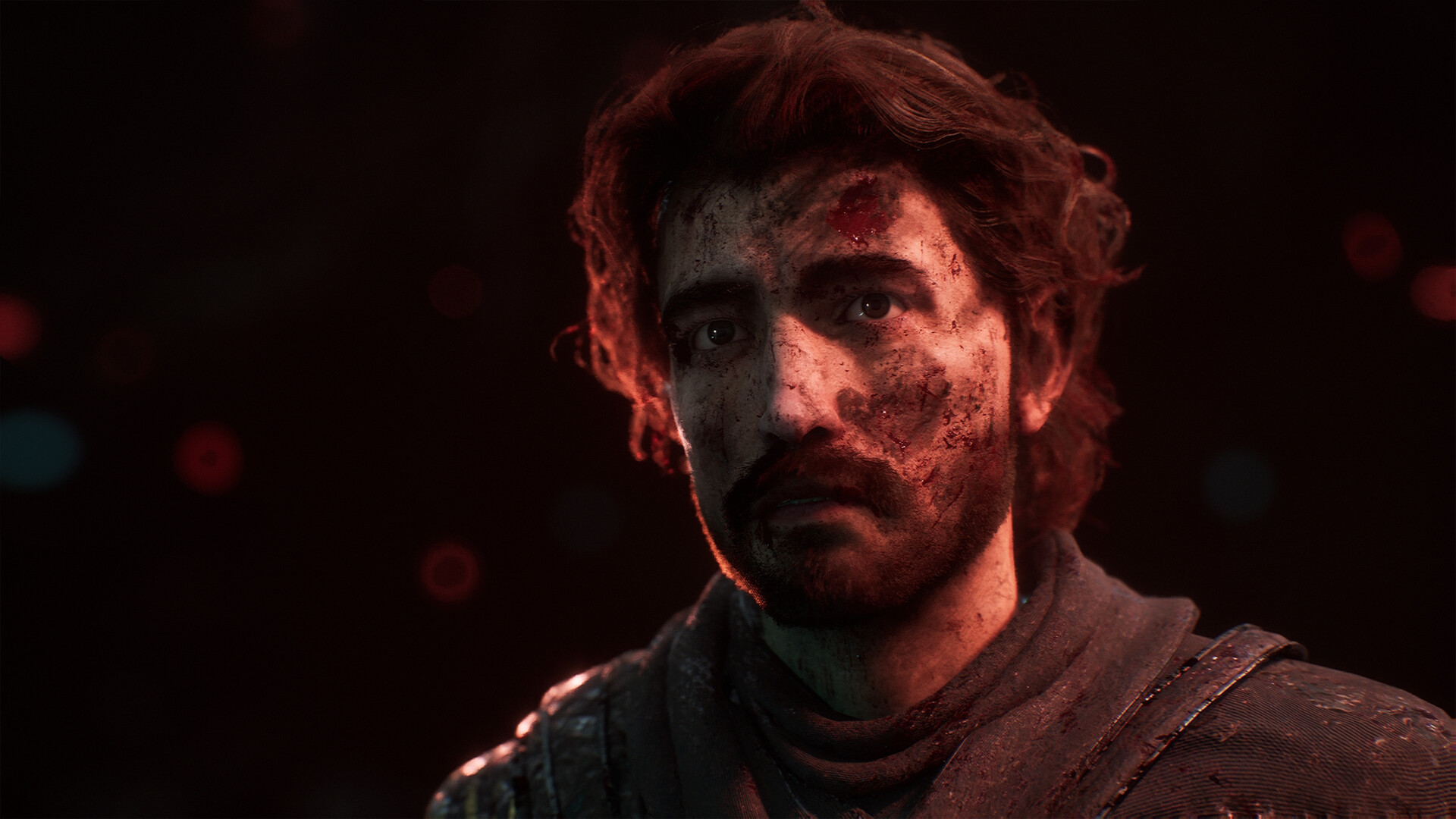The Shocking Turn in Clair Obscur: Expedition 33
One of the earliest and most gut-wrenching twists in Clair Obscur: Expedition 33 began as a light-hearted joke among the development team. Initially intended to provoke a chuckle, it instead left players dumbfounded as they grappled with the devastating turn of events.
Embarking on a Dark Journey
Clair Obscur: Expedition 33 invites players into a richly populated universe, beginning with the protagonist, Gustave. He resembles a more brooding incarnation of Robert Pattinson and possesses a voice reminiscent of Charlie Cox—a deliberate choice made by the creators. Gustave serves as the game’s anchor, making his abrupt exit in Act 1 all the more shocking.
Renoir, the formidable antagonist, takes Gustave out with a violent finality that leaves players questioning the very fabric of narrative safety in video games. In the vein of classic RPGs, where character depth often assures their survival, Gustave’s sudden death serves as a stark reminder: no one is truly safe.
The Implications of Loss
The weight of Gustave’s demise resonates deeply with one of the core themes of Clair Obscur: Expedition 33: loss. This emotional undercurrent encourages players to invest in characters, only to experience the heart-wrenching pain of their absence, magnifying the impact of Gustave’s ending. As comparisons to Final Fantasy VII illustrate, no character, regardless of their role, is sacred—an unsettling reality that adds layers of complexity to the story.
Behind the Creative Process
In a recent interview with Behind the Voice, game director Guillaume Broche shed light on the decision-making process behind Gustave’s death. He revealed that the concept originated from a previous project called We Lost and was initially introduced as a joke by lead writer Jennifer Svedberg-Yen. Her playful suggestion to “kill the main character” hit a nerve with Broche, who responded with surprising seriousness: “Yeah, that’s a good idea. Let’s do it.”
This spontaneous burst of creativity exemplifies how humor can yield profound storytelling avenues. Broche reflects, “I think it’s very important for the themes of the game… That we invite the player to feel loss, and there’s nothing that transmits this message more than just killing off the main character.”
The Emotional Resonance
Broche emphasizes the effectiveness of Gustave’s death as a narrative device. The emotional weight is palpable; players not only invest time in his character development through skill trees but also grow attached to him on a personal level. The loss mimics real-life experiences, igniting feelings of sorrow intertwined with gameplay.
Much like the infamous fate of Aerith in Final Fantasy VII, Gustave’s death serves as a profound moment that reinforces the game’s themes. It disrupts expected narratives, leaving players rattled yet more attuned to the emotional stakes of their quests.
Community Reactions
The bold storytelling choice of subverting protagonist safety has not only sparked discussions among players but has also invigorated interest in turn-based RPGs at large. As Clair Obscur: Expedition 33 garners attention, it opens avenues for dialogue on narrative risks in gaming, encouraging both players and designers to explore deeper emotional territories.
An Evolution of Storytelling
The trajectory of Clair Obscur: Expedition 33 prompts a significant inquiry about the future of RPG narratives. If major characters are now viewed as expendable, how will this redefine player investment in games? The development team’s innovative approach suggests that emotional storytelling will remain a pivotal aspect of the genre, challenging traditional conventions and urging both developers and players to embrace the unpredictability of life itself.
In an industry where stakes are often managed through character longevity, Gustave’s tragic fate asks an essential question: Are we ready to confront the reality of loss in the journeys we undertake?
The development behind Clair Obscur: Expedition 33 not only captivates through vivid artistry and gameplay mechanics but also fosters a compelling conversation about the very essence of storytelling in video games.



